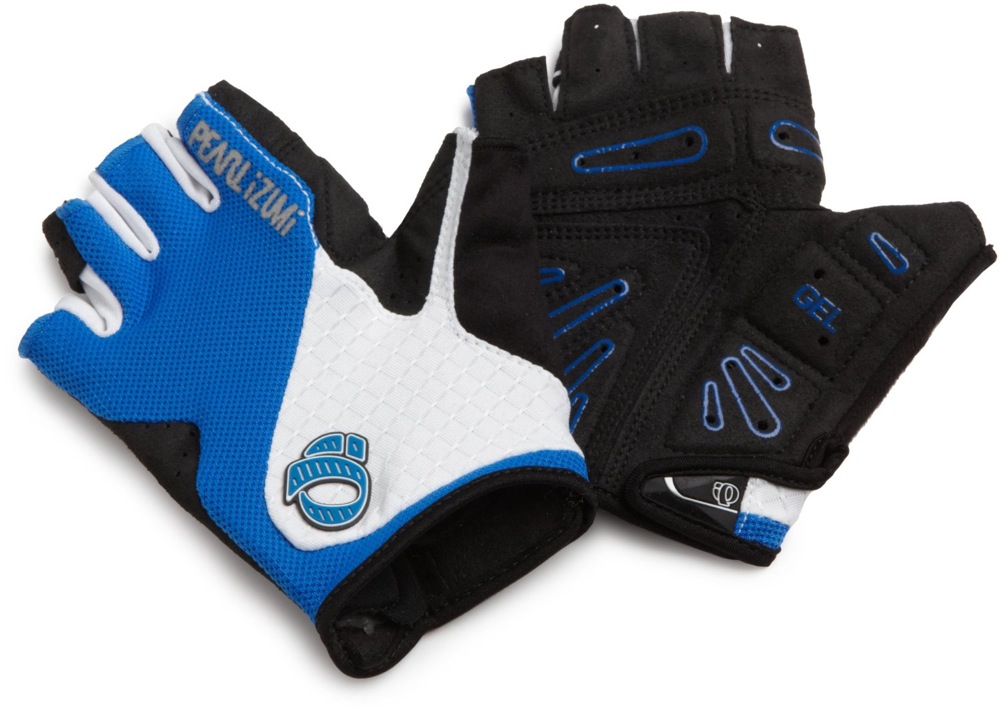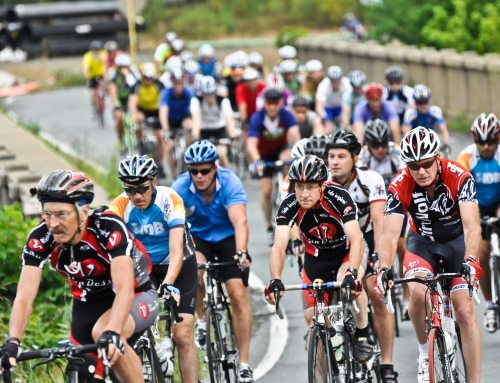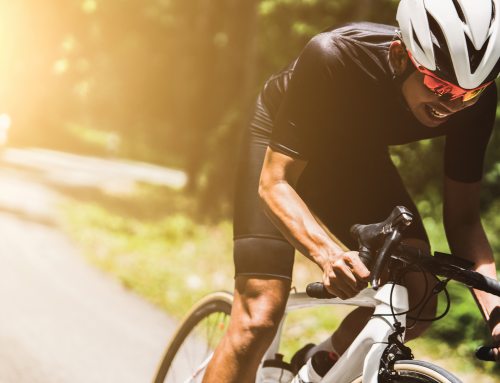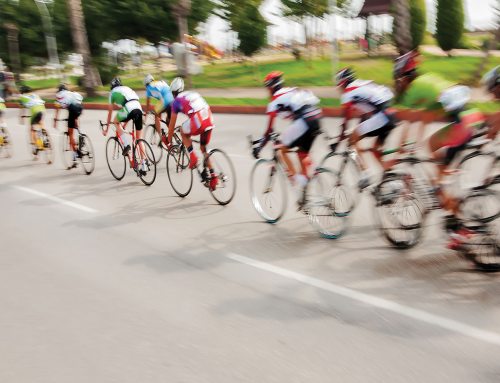By Thomas Henson, Jr.
Everything you do in life has risks, and cycling is no exception. Each year in the United States, more than half a million people end up in the emergency room due to a bicycle-related injury. But telling an avid rider to stay off a bike is like telling a bird not to fly—it goes against nature. Instead, let’s talk about some sports medicine tips for staying healthy.
TRAUMA INJURIES
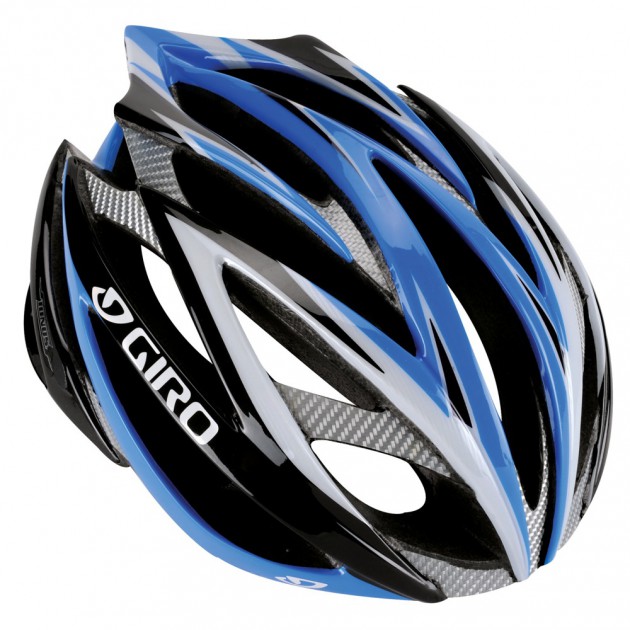 In my law firm, we’ve handled hundreds of cases of cyclists who were seriously hurt on the road. By far, the most common bicycle-related injury we see is head injury, including concussion. When I was growing up, concussions were seen as benign, only slightly more serious than a scraped knee. We used to call it getting your “bell rung,” and we were encouraged to immediately get back on the bike. Now we understand that concussion is a form of brain injury, and its effects can range from mild to life-altering. Of all the trauma-related injuries (including broken bones, road rash and dislocations), head trauma is the only one that we can prevent—not totally, but significantly. How? You know what I’m going to say here, right? Wear a helmet! Despite how common that advice is, less than half of us wear helmets. I’m always amazed by that statistic. Bicycle helmets reduce the risk of head injury by up to 85 percent. It is the single best thing we can do to protect our brains. If you can’t get the crazy motorists off the road, at least protect yourself with a helmet.
In my law firm, we’ve handled hundreds of cases of cyclists who were seriously hurt on the road. By far, the most common bicycle-related injury we see is head injury, including concussion. When I was growing up, concussions were seen as benign, only slightly more serious than a scraped knee. We used to call it getting your “bell rung,” and we were encouraged to immediately get back on the bike. Now we understand that concussion is a form of brain injury, and its effects can range from mild to life-altering. Of all the trauma-related injuries (including broken bones, road rash and dislocations), head trauma is the only one that we can prevent—not totally, but significantly. How? You know what I’m going to say here, right? Wear a helmet! Despite how common that advice is, less than half of us wear helmets. I’m always amazed by that statistic. Bicycle helmets reduce the risk of head injury by up to 85 percent. It is the single best thing we can do to protect our brains. If you can’t get the crazy motorists off the road, at least protect yourself with a helmet.
OVERUSE INJURIES
Our bodies are imperfect machines— they break down over time, and overuse will make them wear out faster. Performing the same activities over and over again can cause micro-trauma to a specific group of muscles, tendons, bones or joints. Some common examples are tennis elbow (also called lateral epicondylitis), Little League elbow (medial epicondylitis), and swimmer’s shoulder (rotator cuff tendinitis). Cyclists have their own set of overuse injuries:
Ulnar neuropathy.
This is caused by compression of the nerve that runs down your arm, over your elbow, and into your hand. (This is the nerve that is so painful/numbing when you hit your funny bone.) If you press on this nerve too long—by gripping and leaning on handlebars on long rides, for example—you’ll feel numbness and tingling in your ring finger and pinkie finger. Once you develop ulnar neuropathy, it can take weeks or even months to heal. Best fixes: Change your hand position on the handlebars, wear padded gloves, increase handlebar padding.
Saddle sores.
Chafing in the buttocks is common for both new and veteran riders. Long-distance riders also run the risk of the equivalent of bedsores—open, bloody wounds caused by pressure, rubbing and restriction of blood flow. Some riders can actually develop calluses over the bony parts of their buttocks (the “sit bones” or ischial tuberosities). If you ignore the calluses, you may go on to develop fibrous masses under the skin that are quite painful. Best fixes: For mild saddle sores, talcum powder or ointments may be enough to give you relief. For more severe cases where the skin is open and bleeding, you’ll need rest (yes, time off the saddle) and appropriate wound care. If the sores haven’t healed after a week of care and no riding, or if they get worse, see a physician. To prevent problems, use anti-friction chamois cream on your buttocks.
Consider a saddle with more padding, and invest in a good pair of padded riding shorts.
Knee problems.
The most common sources of knee pain for cyclists are patellofemoral syndrome (cyclist’s knee) and patellar tendinitis. Cyclist’s knee is caused by repeated bending and straightening of the knee, which is what cycling is all about. That activity breaks down the knee cartilage and strains the connective tissue that runs from the knee to the thigh. It causes pain behind the kneecap, or at the front of the knee. People who have patellofemoral syndrome often also have patellar tendinitis, an injury to the tendon that connects the knee to the shin. It causes pain below or under the kneecap, and the pain can even be felt with prolonged sitting. Best fixes: Knee problems definitely require care—a cyclist without knees is … well, not a cyclist. This is one time when you need to rest. Also, ice your knee to bring down inflammation. The best thing you can do to prevent knee problems is to get a proper fit on your bike. (See article in the May issue) An expert fitter can make sure that your bike fits your body so that the saddle and crank positions are properly adjusted for your legs.
Don’t let one of these injuries take you off the road during the best riding months of the year. Ride safe!
—–
Thomas Henson Jr. is an avid cyclist, and finds much happiness in bike rides with his family and friends. He leads the complex injury litigation department of HensonFuerst Attorneys. He can be contacted at ThomasHenson@lawmed.com


